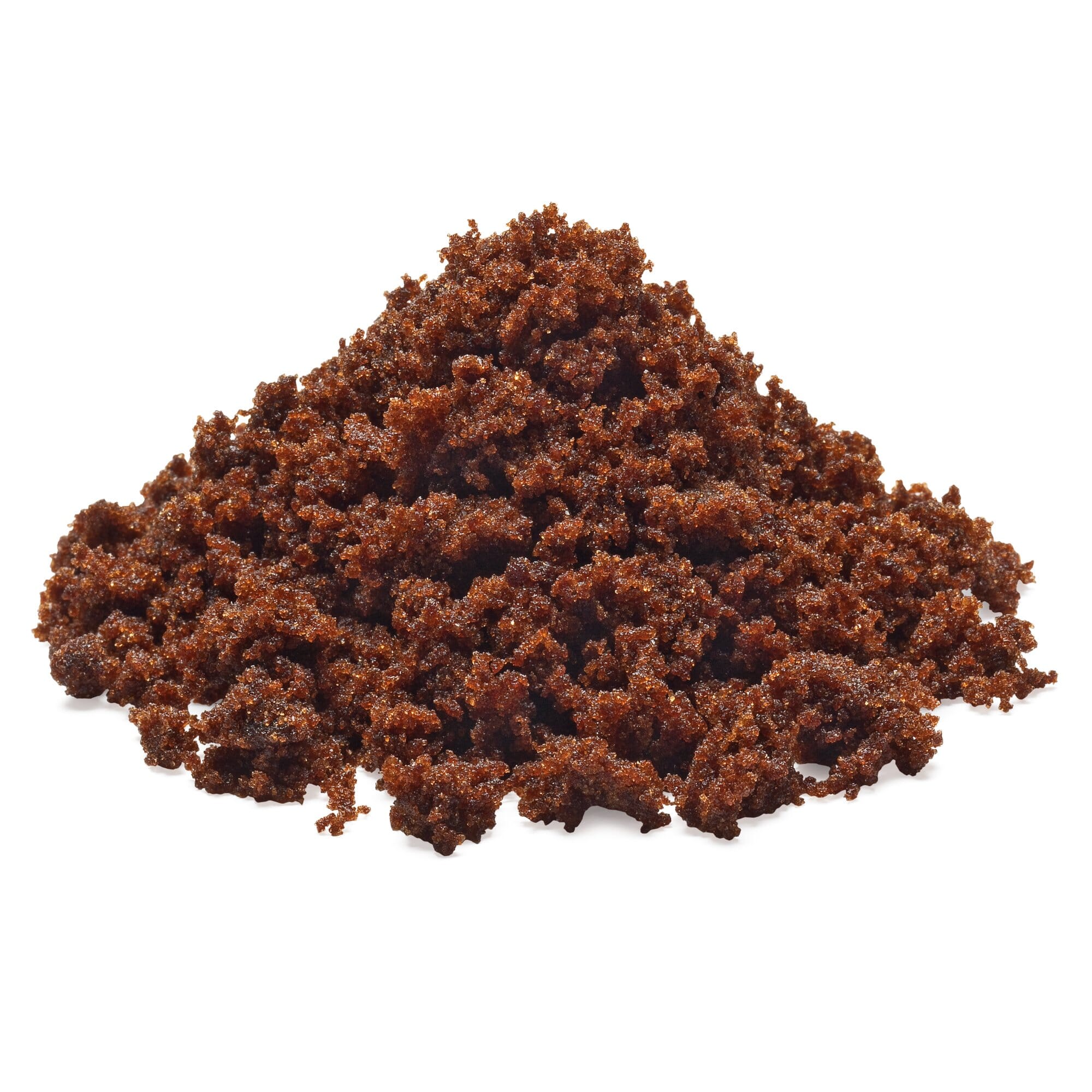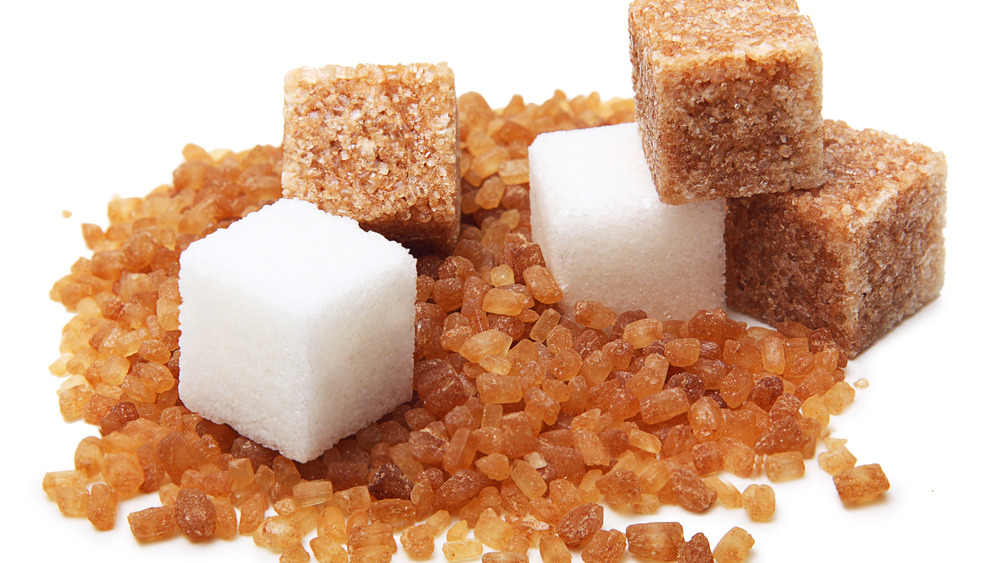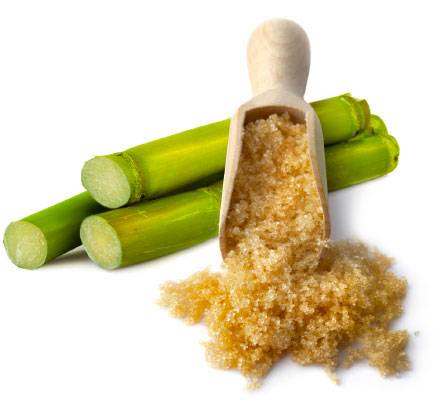The Scientific Research Behind Cane Sugar Processing: Just How Sweetness is Refined
The Scientific Research Behind Cane Sugar Processing: Just How Sweetness is Refined
Blog Article
Checking Out the Comprehensive Steps Associated With Walking Stick Sugar Handling From Gathering to Refinement
The process of walking cane sugar production encompasses a series of intricate steps, starting with the careful harvesting of sugarcane and culminating in the improvement stages that ensure the final item meets sector standards. Each stage, from the extraction of juice to the filtration and crystallization procedures, plays an important role in establishing the high quality and personality of the sugar. Understanding these phases not only highlights the complexity of sugar manufacturing but likewise elevates vital questions regarding performance, sustainability, and development in the sector. What implications do these elements have for future techniques?
Collecting Sugarcane
Collecting sugarcane is a critical action in the cane sugar processing chain, as it directly influences the quality and yield of the final item. Proper timing and techniques are important during this phase to make certain optimum sugar content and minimize losses. Typically, sugarcane is collected when it reaches maturation, normally 12 to 18 months after planting, identified by a high sucrose concentration.

Post-harvest, the sugarcane has to be refined promptly to stop sucrose deterioration. Ideally, harvested cane needs to be moved to refining centers within 24-hour to protect sugar high quality. For that reason, effective logistical preparation is vital to maintain the stability of the collected plant throughout the supply chain.
Removal Refine

The crushed walking stick is subjected to a series of pushing procedures to make best use of juice recuperation. Commonly, warm water is sprayed onto the crushed cane, developing a countercurrent circulation that assists dissolve the sugar while additionally assisting in the extraction process. The juice collected from this procedure includes not only sugar yet likewise different natural substances and pollutants.

To improve removal performance, some centers may employ diffusion methods, where the sugarcane is soaked in hot water, enabling the soluble sugars to diffuse into the liquid. The resulting juice, rich in sucrose, is then guided to succeeding processing phases, laying the foundation for filtration and improvement. The extraction process is therefore crucial in determining the top quality and yield of the final sugar product.
Filtration Techniques
The purification strategies employed in walking cane sugar handling are crucial for transforming the raw juice right into a premium sugar item. These techniques primarily aim to get rid of pollutants, such as dirt, plant materials, and inorganic substances, which can adversely impact the last item's taste and shade.
Among one of the most usual purification techniques is explanation. This process involves adding lime and warmth to the raw juice, which helps with the coagulation of pollutants. The resulting precipitate is then learn this here now gotten rid of with sedimentation or filtration, producing a clearer juice. Additionally, the use of phosphoric acid can boost the clarification procedure by more binding contaminations.
An additional substantial method is carbonatation, where carbon dioxide is introduced to the cleared up juice. This response generates calcium carbonate, which captures remaining impurities and advertises their removal.
In addition, triggered carbon treatment might be applied to adsorb any type of continuing to be colorants and organic pollutants, guaranteeing a more polished item. The mix of these methods properly prepares the sugar juice for succeeding action in the refining process, setting the phase for the production of top quality walking cane sugar.
Formation Techniques
After the purification phase, the following essential action in cane sugar handling includes condensation approaches, which play a critical function in changing the clarified juice right into strong sugar. This procedure normally employs two main methods: spontaneous condensation and controlled formation.
In spontaneous condensation, supersaturated sugar remedies are permitted to cool down normally, resulting in the formation of sugar crystals in time. This approach is simpler but may cause unequal crystal dimensions and reduced purity levels. On the various other hand, managed formation is a much more specific method where concentration, temperature, and seeding representatives are meticulously taken care of. This method permits the uniform development of sugar crystals and greater purity.
During crystallization, the made clear juice is concentrated through evaporation, increasing its sugar material up until it reaches supersaturation. Once this point is achieved, either method can help with the crystallization process. Cane Sugar Processing. The resultant sugar crystals are then divided from the staying syrup with centrifugation
Ultimately, the choice of crystallization method influences the high quality, dimension, and pureness of the final sugar item, making this action crucial in the total walking cane sugar handling treatment.
Improvement and Product Packaging
Just how can the pureness and high quality of walking cane sugar be further improved after condensation? The improvement procedure plays a crucial function in accomplishing high-quality walking cane sugar. Following crystallization, sugar undergoes a comprehensive washing to navigate to this website eliminate impurities and recurring molasses. This is typically accomplished making use of warm water or heavy steam, which assists dissolve and draw out unwanted components while protecting the sugar crystals.
Following, the sugar undergoes a procedure called centrifugation, where it is rotated at broadband to divide the purified sugar crystals from the staying liquid. After centrifugation, the sugar is typically more improved via an approach called carbonization or phosphatation, which utilizes turned on carbon or phosphoric acid to eliminate color and off-flavors.
As soon as fine-tuned, the sugar is dried out to attain the preferred moisture web content, making certain that it stays secure throughout storage space and transportation. The last step includes packaging the refined sugar in moisture-proof and impermeable containers to keep its high quality and stop contamination. Cane Sugar Processing. Correct product packaging not just expands service life yet likewise assists in very easy handling and distribution, making sure that consumers obtain sugar that meets the highest requirements of purity and top quality
Verdict
The extensive actions included in cane sugar processing, from the meticulous harvesting of sugarcane to the intricate improvement and packaging phases, underscore the significance of each phase in making certain top quality sugar manufacturing. Optimum harvesting methods, reliable removal approaches, and extensive filtration processes collectively add to the final item's purity and security. The formation and succeeding packaging techniques additionally enhance the integrity and service life of the from this source sugar, highlighting the complexity and precision intrinsic in this essential farming market.
The procedure of walking stick sugar manufacturing includes a series of detailed actions, beginning with the cautious harvesting of sugarcane and culminating in the improvement stages that guarantee the last item meets sector criteria. Ideally, collected walking cane ought to be carried to processing centers within 24 hours to preserve sugar top quality.In spontaneous condensation, supersaturated sugar services are permitted to cool down naturally, leading to the development of sugar crystals over time - Cane Sugar Processing. The refinement procedure plays a critical function in attaining top notch walking stick sugar.The comprehensive steps involved in walking stick sugar handling, from the precise harvesting of sugarcane to the intricate refinement and product packaging stages, emphasize the significance of each stage in guaranteeing high-grade sugar production
Report this page